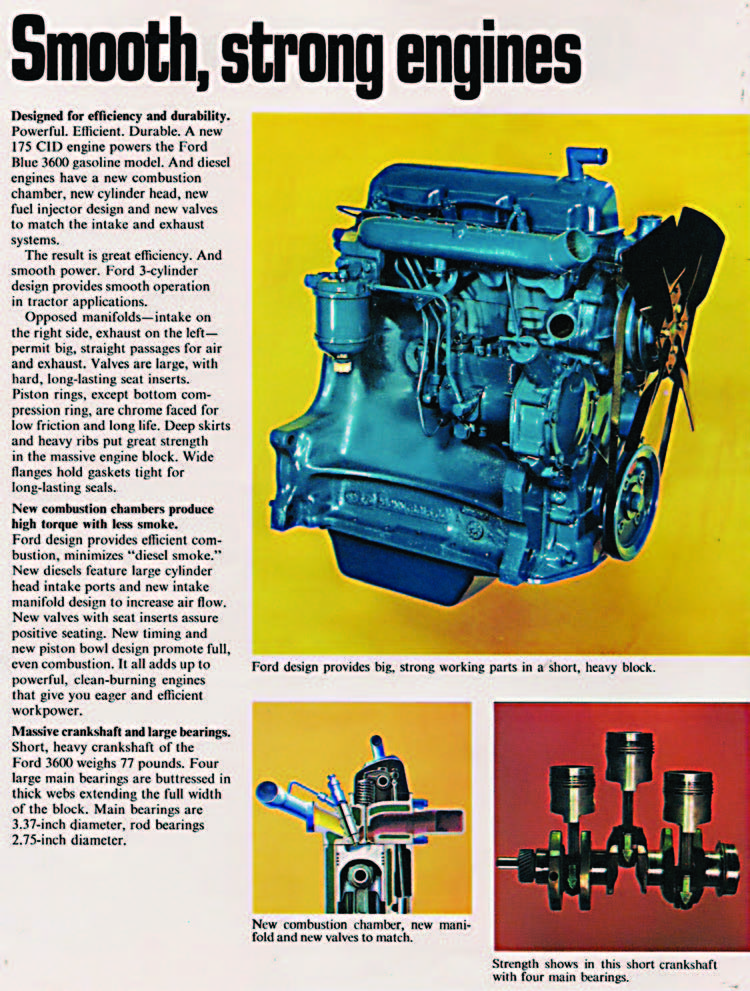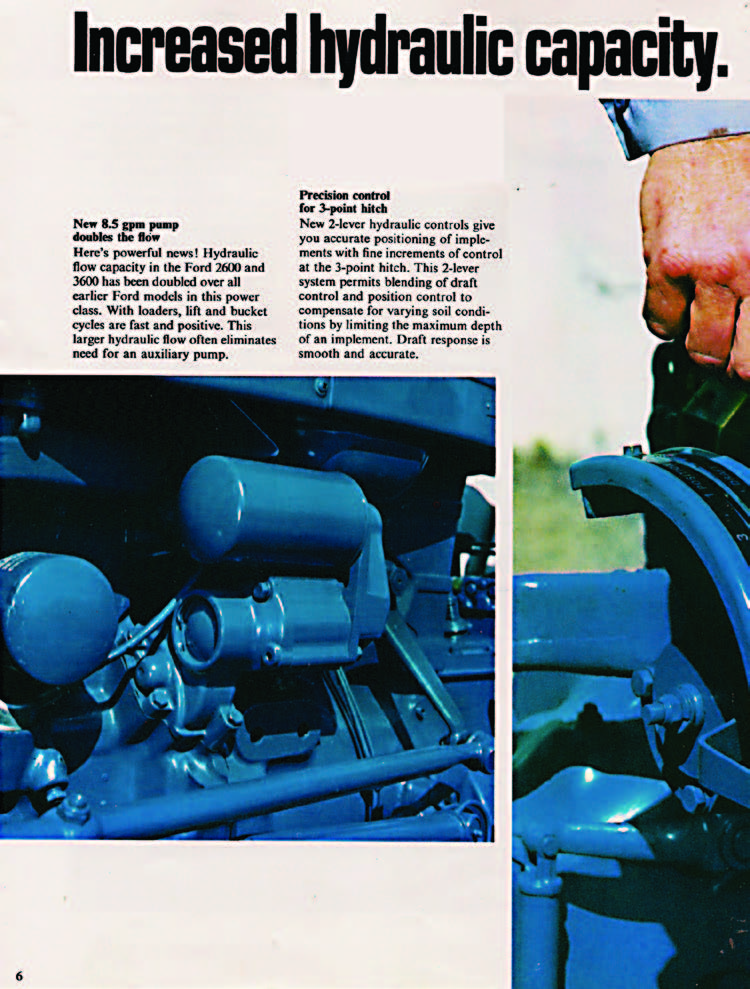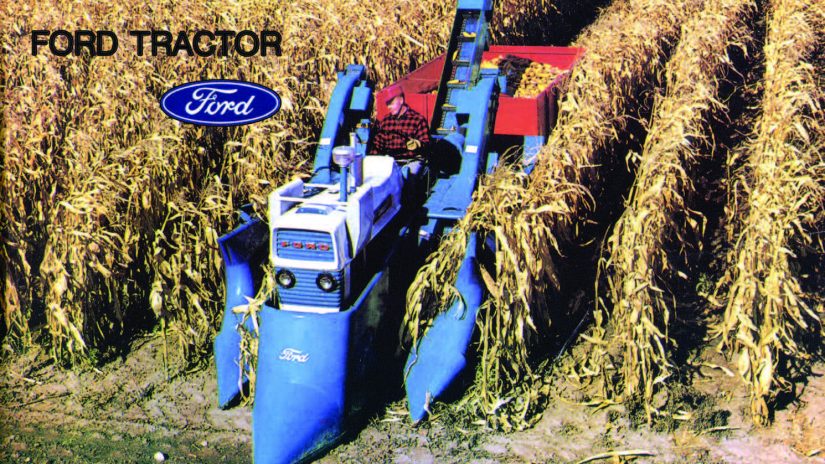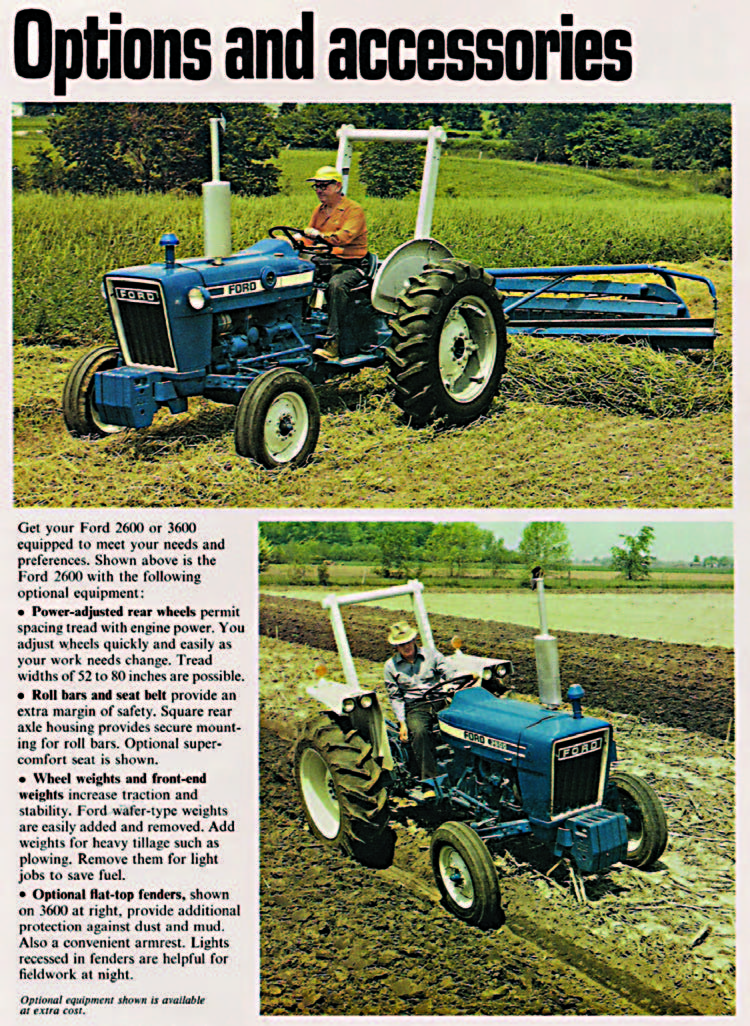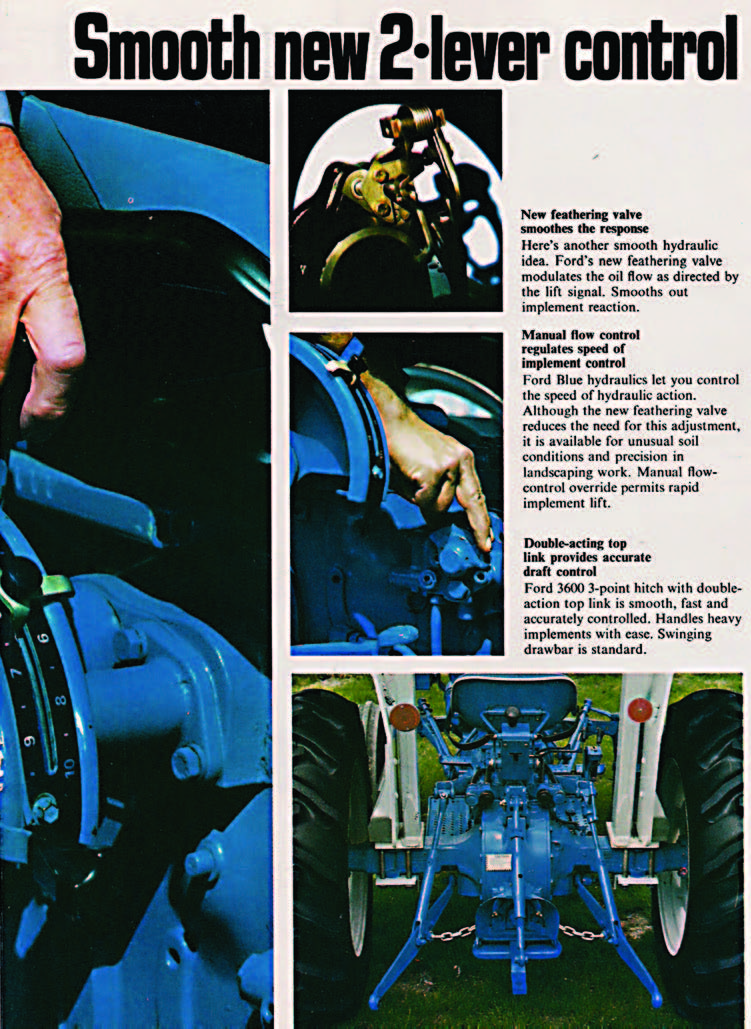Hello, readers! I do hope your summer and fall have been good to you. I am sorry about taking longer to write about Ford tractors than I intended, but farm work got away from me this year with the drought in this area and I just could not get to it, so I hope to make up for that from now on. This story will focus on the small Ford tractors I grew up with as well as those I got to pre-deliver and set up, install loaders and dozers on, etcetera at the local Ford dealership I worked for in the ’70s and early ’80s.
First, I want to be sure to bring up the two year old 1952 8N my uncle John got from a lifelong neighbor, who bought it new. That little 8N was used on his farm here in northeast Wyoming from 1954 until 1996 when I repainted it and hauled it to Casa Grande, Arizona for him to use on his small farm/home where he stays for the winter. Uncle Jim and brother John raked all the hay with it for many years, pulling a Deere rollbar rake, which is still here on the farm. John also found a very nice Case/Danuser six foot rear blade at a auction in the late 1950s to use behind the 8N to clean corrals, grade roads and remove snow in the winters. I can still see Jim with the couch cushions stacked up under him on that 8N’s hard metal seat, bouncing along in third gear at maybe half throttle, rolling three windrows together for John’s big 1281 New Holland wire tie self propelled baler.
I spent plenty of hours on that little tractor myself with the Case rear blade on it and chains, trying to keep the driveway clear in the winters. The 8N, although very handy to get off and on, sure did have some downfalls. They were built lighter than many others of the day so this led to adding liquid weight known as the dreaded calcium chloride to give the little tractor the traction to pull the blade. In the winter, you also had to chain up as she just was not happy without them. They also failed on the reverse speed on the 8N compared to its older brothers, the 9N and then the 2N, which were both three speed with one reverse much more usable and safe over the four speed 8N with the reverse the same speed as third gear.
If you have never run one, let me say reverse was FAST. One other thing the 8N and its older brothers had holding them back a bit was no live hydraulic power for the famous three-point system Harry Ferguson had came up with all those years before an
d had first installed on a David Brown tractor in England before bringing it to the United States to get more exposure and sales.
Of course, Ford did bring live hydraulic power to the next generation Ford tractor, the Golden Jubilee in 1953, but that is a story for another time.
For the most part, one gets along okay with no live power but a couple jobs the 8N in this story was used for and not having at least live hydraulic power made the job a bit of a pain to do at times. One big one was digging postholes. As many know, you can stick a posthole auger in the ground pretty easy at times; by its own design, it can “cork screw” itself right down hard and fast—on a tractor with live hydraulics, you can just stop the PTO before it gets really stuck and raise the digger a bit, clean out the hole and continue digging. On an 8N, the PTO has to be turning to raise the three-point so
you had to unhook the driveline to stop the digger from turning while raising the digger—not the best design for that at all but you worked with what you had.
The other job they did not shine at was when you had a rotary mower on them; if you happened to let the mower down in some brush or grass, it was a bit hard on things to get it raised with the mower trying to turn with the material getting cut all at once. Please understand I am just stating what I dealt with and the machine dang sure did a lot of work, but did take some getting used to in certain conditions.
The next Ford tractors I was around briefly was when a customer would bring in one for repairs at the Case dealership we owned from 1966-1976. The first one that comes to mind was a first generation model with Select-O-Speed transmission in the late 1960s.
It came in for an engine overhaul and after the repairs were completed, we always put a few hours on them to make sure all was okay and to give some break-in on the new engines. I was recruited to take it out and put some running hours on it.
